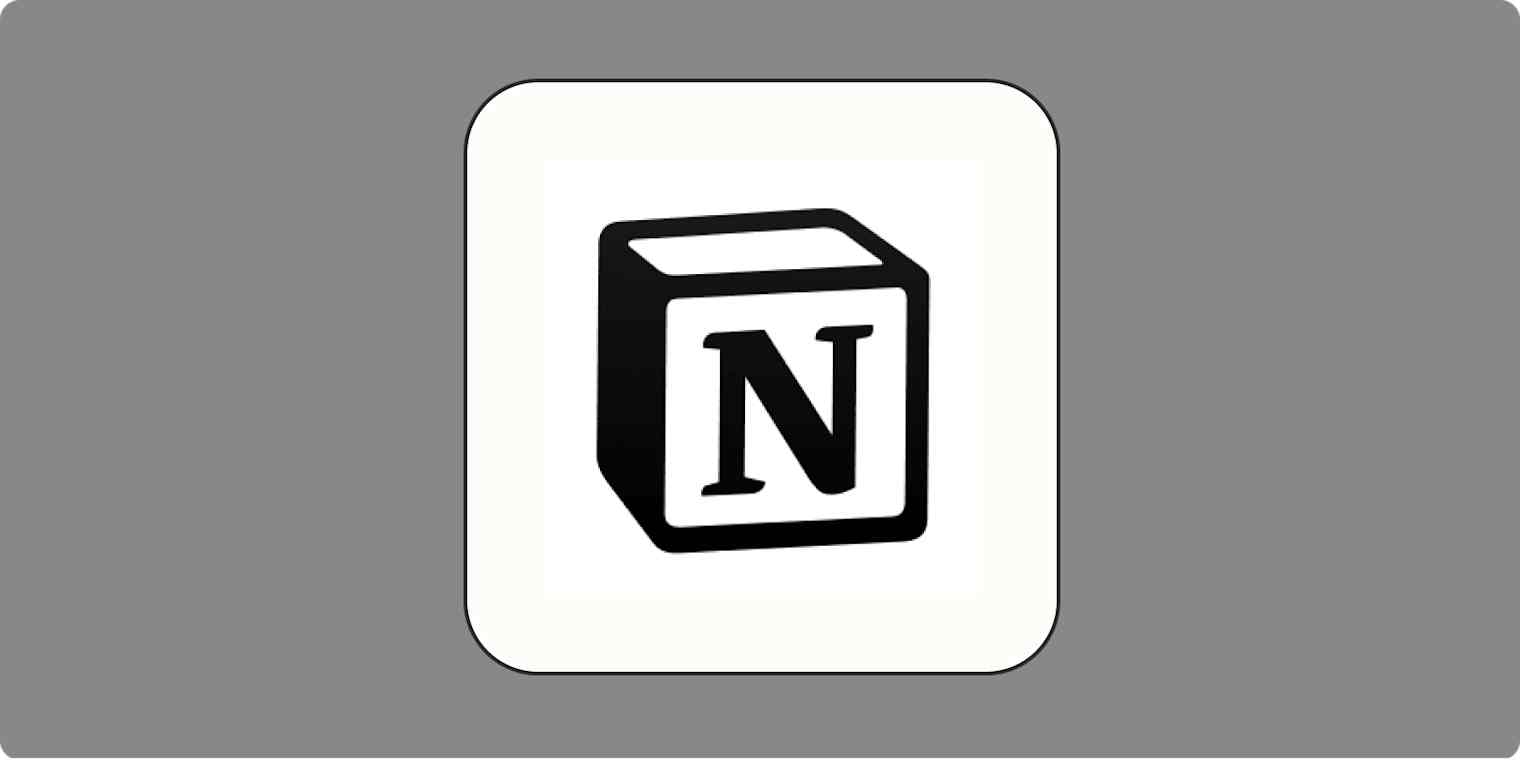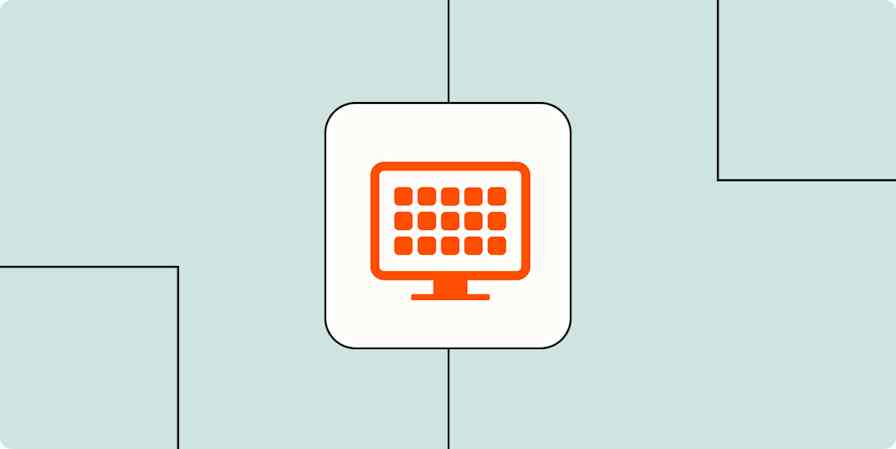App tips
5 min readStart tracking your business goals and projects in Notion (with template)
By Nicole Replogle · September 13, 2022

Get productivity tips delivered straight to your inbox
We’ll email you 1-3 times per week—and never share your information.
tags
mentioned apps
Related articles
Improve your productivity automatically. Use Zapier to get your apps working together.








